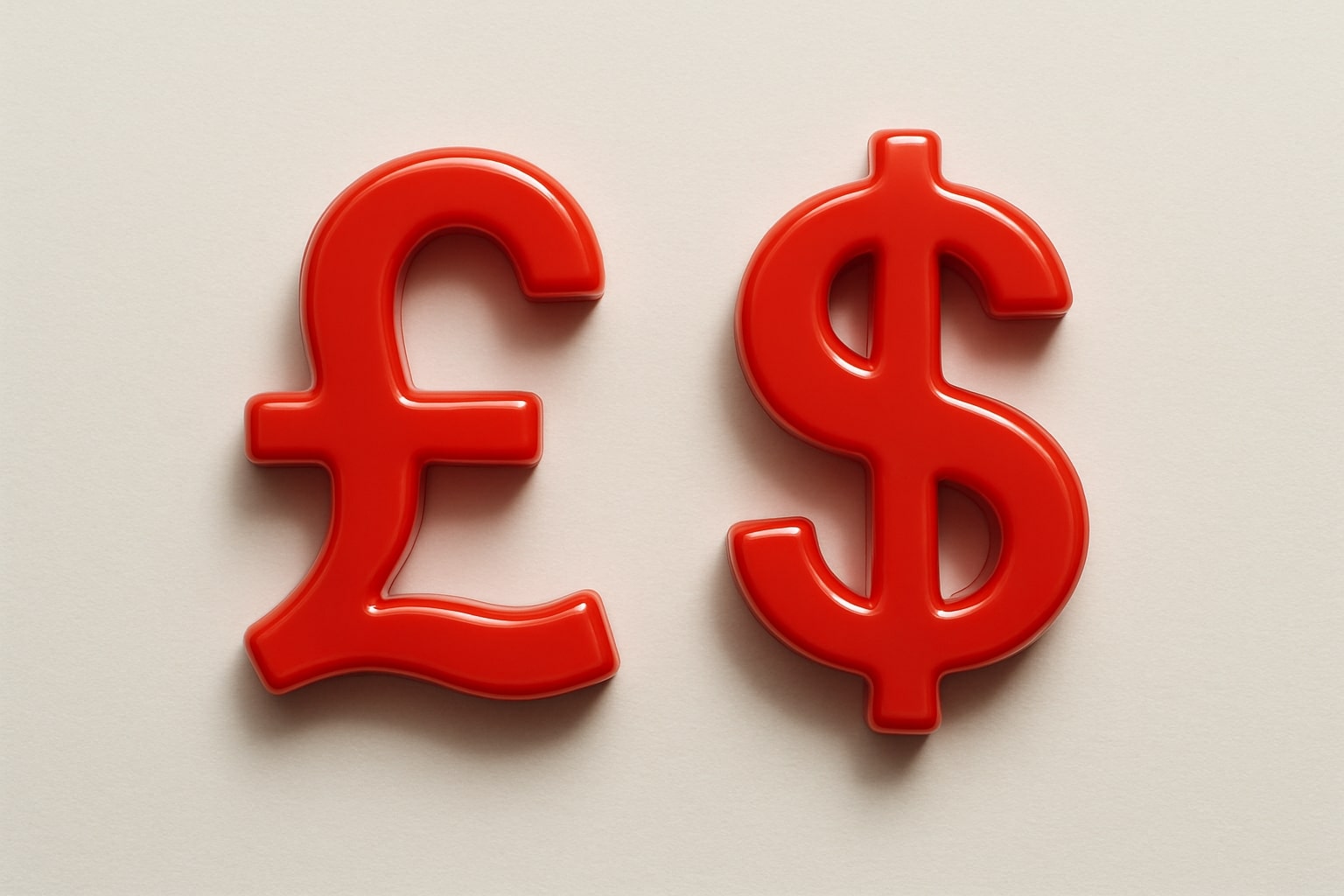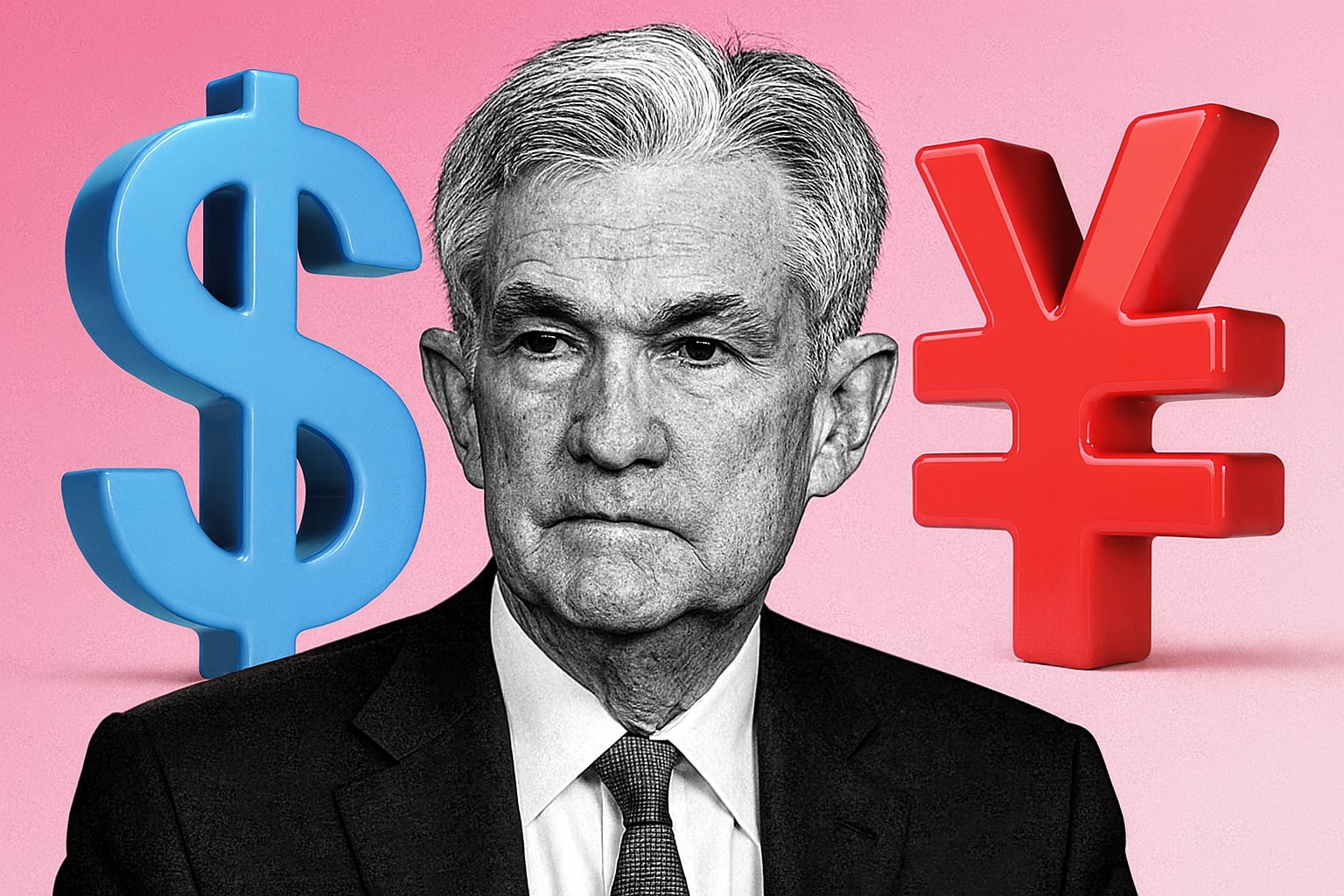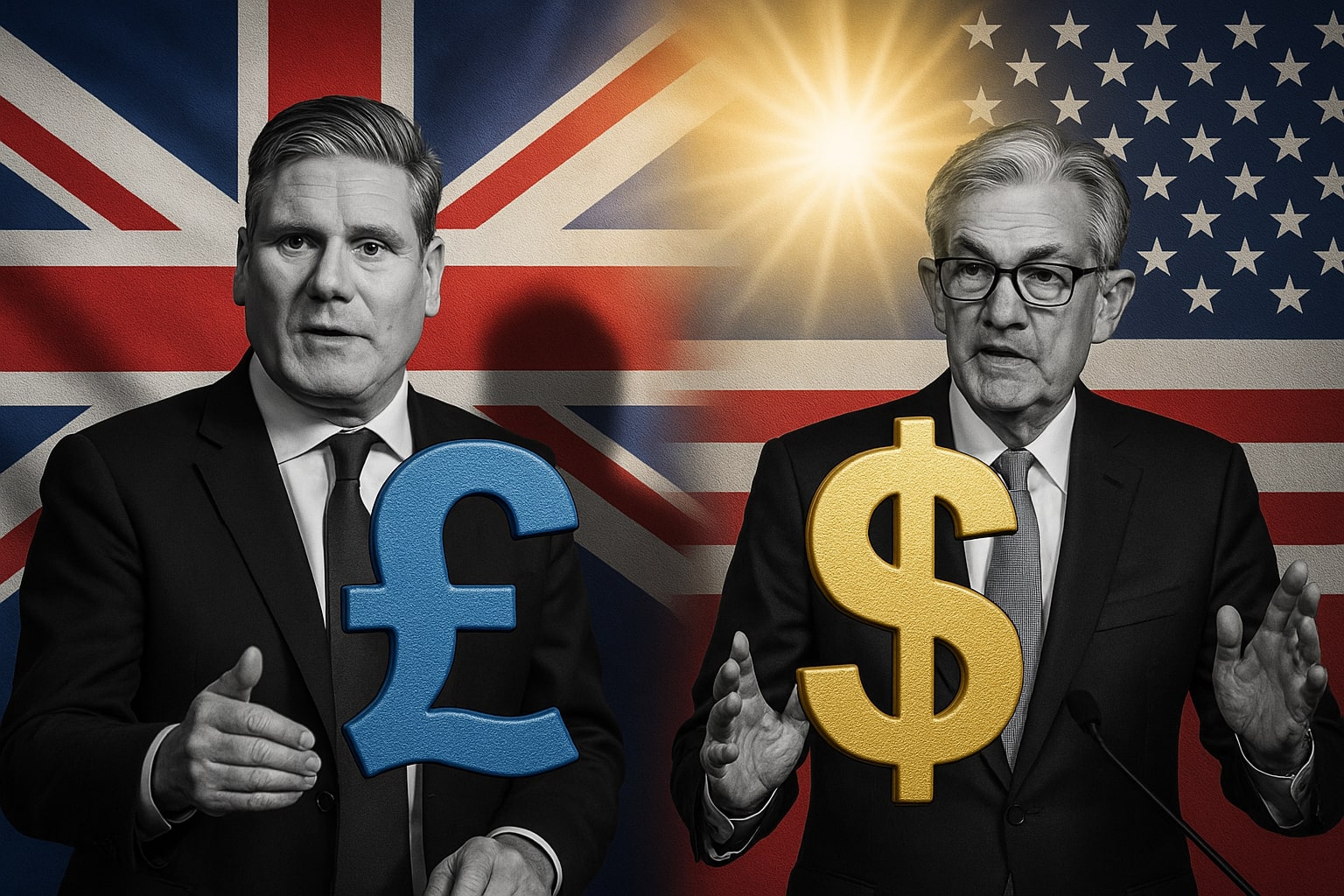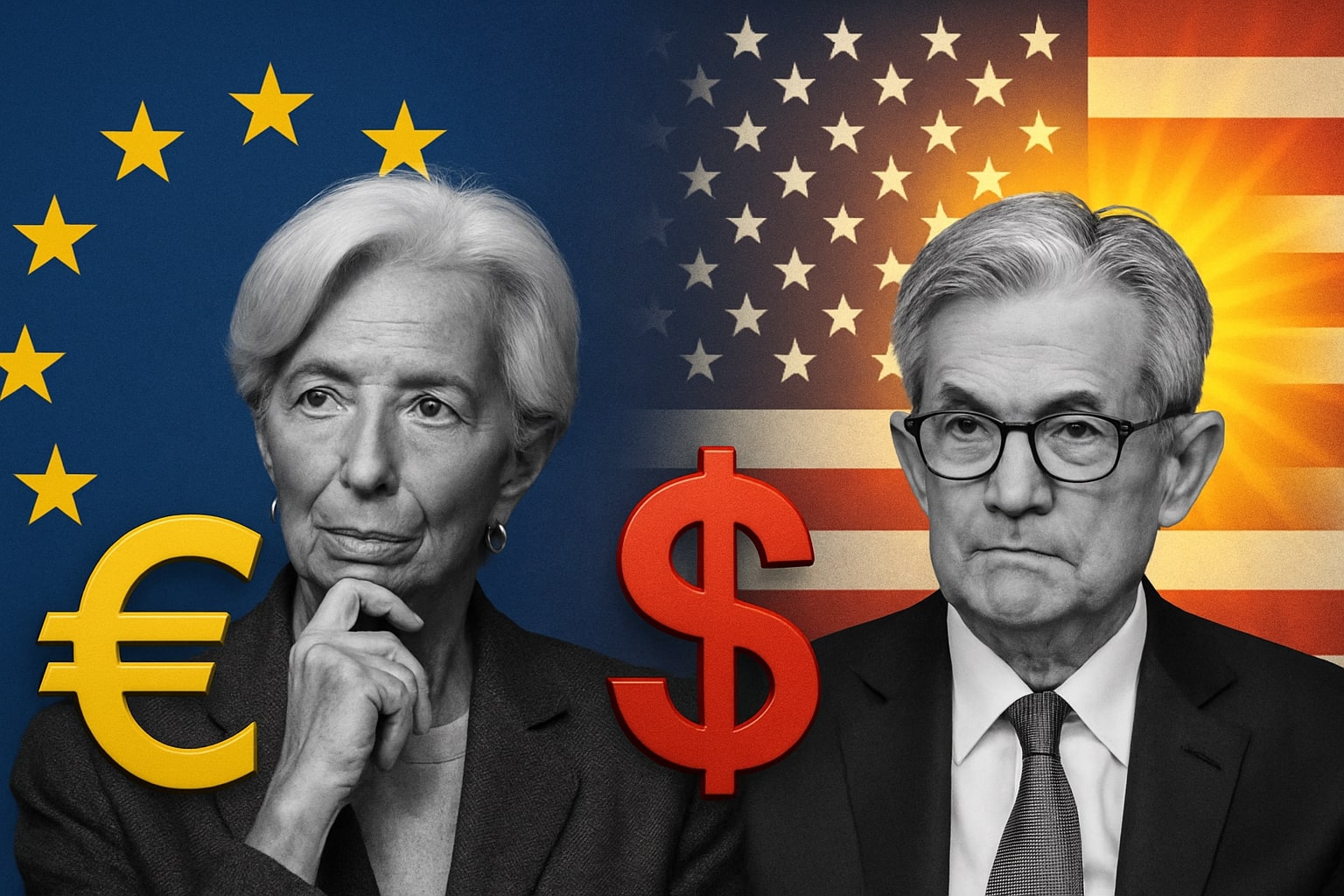
GBP/USD Price Holds 1.35 as Sterling Faces Fed Policy, UK Growth, and Jackson Hole Test
Sterling gains on UK GDP and wage strength but stalls at 1.3550, with Fed cuts and Powell’s Jackson Hole speech key to next GBP/USD breakout or pullback | That's TradingNEWS
GBP/USD Weekly Momentum Shifts as Sterling Tests 1.3550 Resistance
The pound sterling has staged a sharp rebound through August, with GBP/USD climbing from its mid-July lows near 1.2177 to recent prints above 1.3550. This level has now acted as a double ceiling, with traders testing it for the second consecutive week. The rally, amounting to nearly 12% from the year’s trough, reflects growing bets on Federal Reserve easing, but the failure to break higher shows the pair remains tethered by stubborn resistance.
U.S. Inflation Pressures and Fed Expectations
July’s U.S. producer price index rose 0.9% month-on-month and 3.3% year-on-year, the strongest pace in three years, well above consensus forecasts. Core inflation accelerated to 3.7% from 2.6%. This has complicated the Fed’s policy path, with markets still assigning a 99% probability of a 25 bps rate cut in September, down from earlier speculation of a 50 bps move. Retail sales advanced 0.5% in July, slightly below the 0.6% consensus, while the New York Empire manufacturing index surprised to the upside at 11.9 versus expectations of a contraction. These numbers gave the dollar some short-term support, yet swaps data continue to lean dovish, holding the DXY at 97.8, close to multi-week lows.
UK Growth Data Provides Tailwind to GBP/USD
Second-quarter GDP for the United Kingdom expanded by 0.3%, three times the Bank of England’s 0.1% forecast. Output rose 0.4% in June, more than offsetting contractions earlier in the quarter. Employment data also beat expectations, with payroll losses of just 8,353 in July—the smallest since January. Unemployment remained steady at 4.7%, while wage growth excluding bonuses held at 5%, well above the BOE’s inflation target. These indicators suggest resilience in the UK economy, even as the BOE weighs whether to extend its rate cutting cycle. Market pricing now implies a terminal rate of 3.5% by 2026, down from 4%, but the data argue for caution before aggressively easing.
Seasonality and Technical Pressure on Sterling
August is historically a difficult month for GBP/USD, with average declines of roughly -0.5% since 1971. The pair remains capped below its 50-day exponential moving average, and the RSI is showing early signs of exhaustion. Support rests at 1.3200, while the ceiling at 1.3550 is now reinforced after two failed breakouts. A push beyond 1.3550 would likely trigger momentum towards 1.37, but a failure here risks a retreat to the 1.3150–1.3200 zone if U.S. data continue to surprise to the upside.
Geopolitics, Trade and Broader Macro Backdrop
The Trump-Putin summit in Alaska produced no ceasefire breakthrough, leaving energy markets volatile and risk sentiment fragile. In Europe, German ZEW sentiment plunged from 52.7 to 34.7, while eurozone-wide confidence fell to 25.1, showing cracks in continental growth that indirectly support the pound against the euro. In Asia, Chinese industrial output slowed to 5.7% year-on-year, the weakest pace since 2023, while retail sales dropped to 3.7%. With USD/CNY drifting near 7.18, global investors continue to use GBP/USD and EUR/USD as proxies for broader dollar flows.
Outlook and Trade Positioning on GBP/USD
For the remainder of Q3, the base case sees GBP/USD consolidating around 1.330–1.335, with limited upside unless the Fed signals deeper cuts at Jackson Hole. A bear case—driven by stronger U.S. inflation or growth data—could drag sterling toward 1.310–1.315. Conversely, a dovish Fed pivot or stronger UK consumption data could unleash a bull run toward 1.365–1.375. With the pair holding above 1.33 but repeatedly stalling at 1.3550, positioning favors a cautious hold, with bias skewed bullish into year-end should U.S. easing materialize.
That's TradingNEWS
Read More
-
SCHD ETF Price at $27: Can SCHD’s 4% Yield and 9.15% Dividend Growth Beat High-Yield Covered Call ETFs?
15.12.2025 · TradingNEWS ArchiveStocks
-
XRP ETFs Close on $1B Inflows as XRPI at $10.92 and XRPR at $15.52 Hit 52-Week Lows
15.12.2025 · TradingNEWS ArchiveCrypto
-
Natural Gas Price Forecast: NG=F Holds the $4 Floor as Oversupply Clashes with 2026 LNG Demand
15.12.2025 · TradingNEWS ArchiveCommodities
-
USD/JPY Price Forecast - Dollar to Yen At 155: Yen Strength Builds As BoJ Hike And NFP Collide
15.12.2025 · TradingNEWS ArchiveForex



















